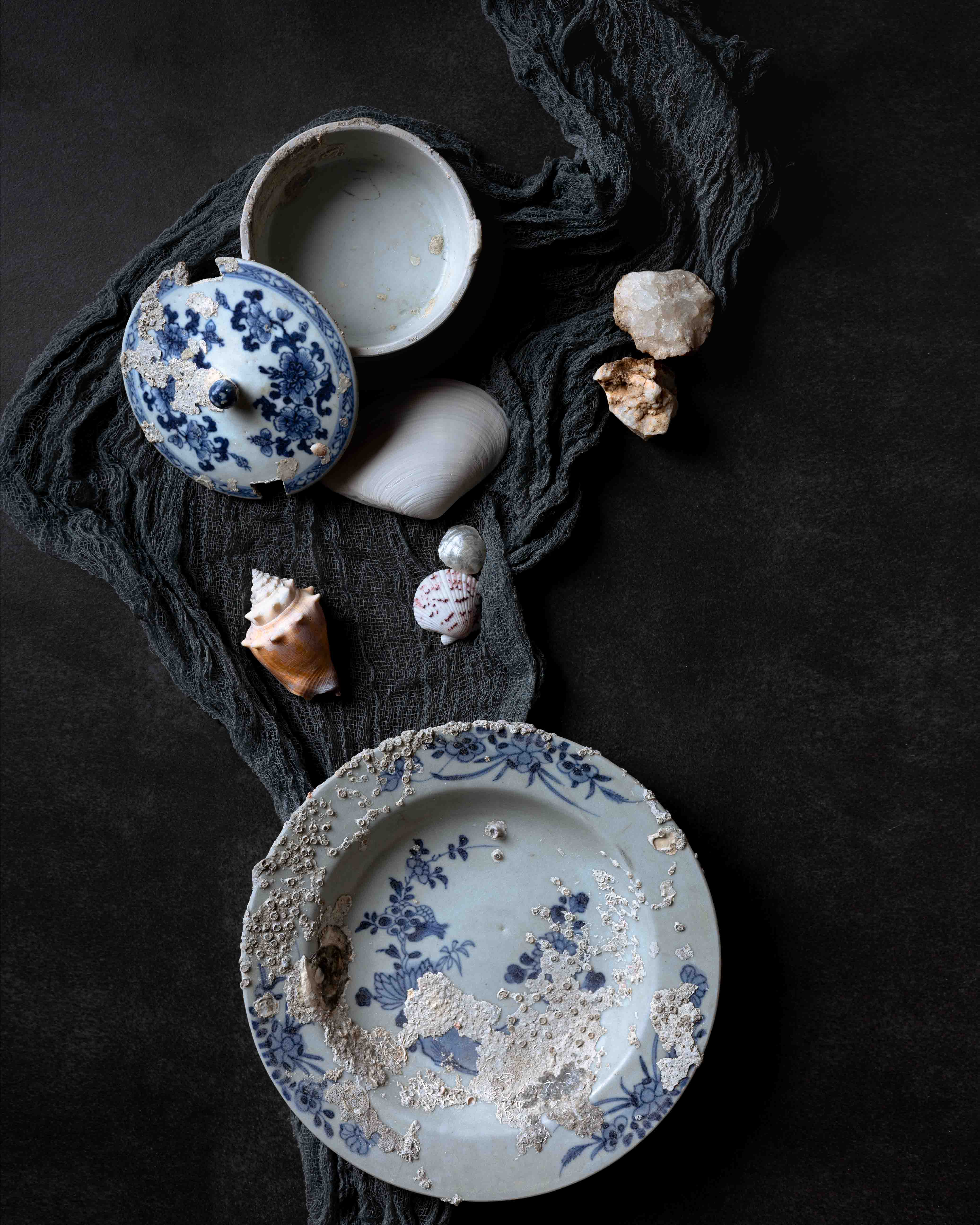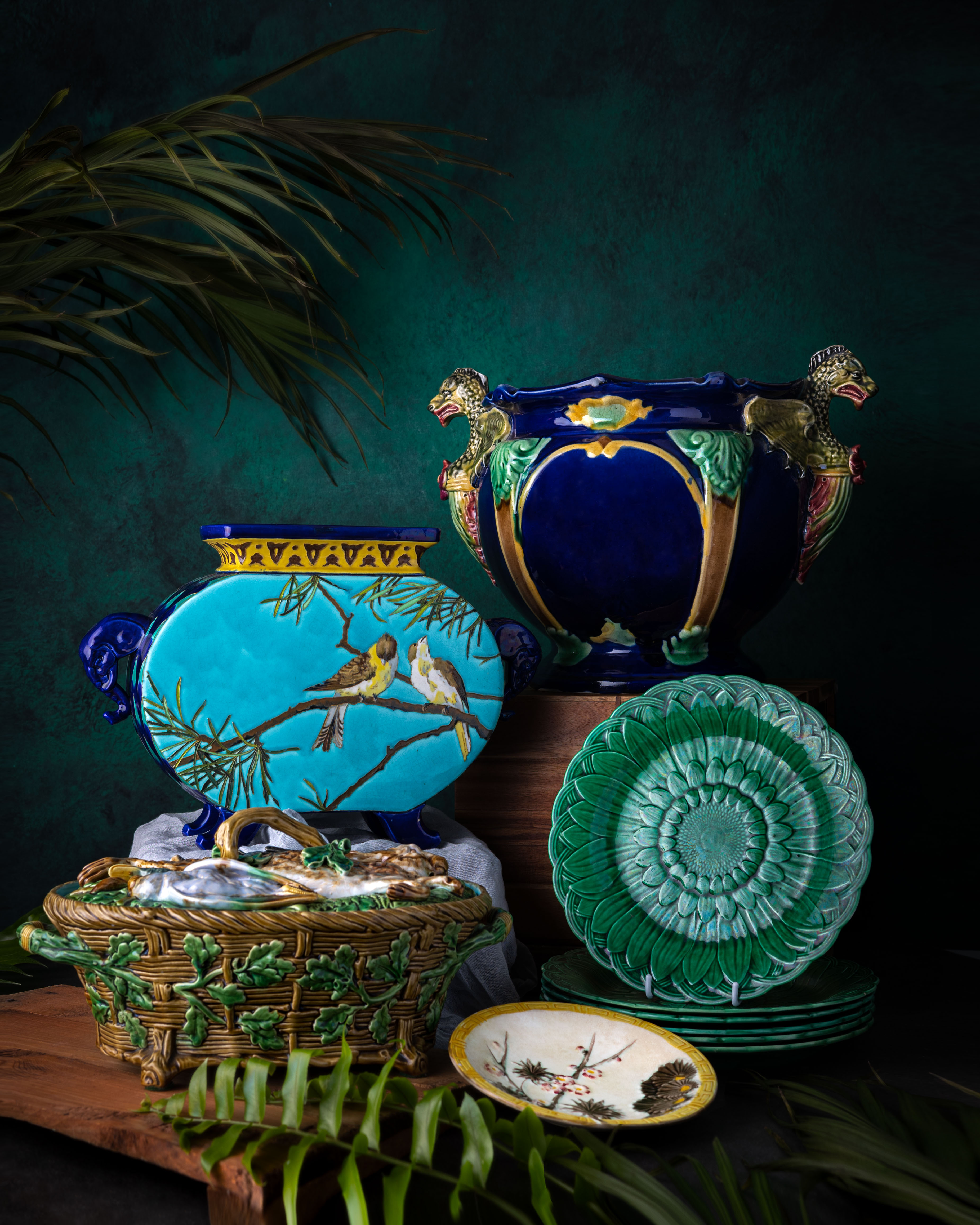FEATURED CURATION
The Majolica Movement
Wondrous, whimsical, and colorful, majolica was a ceramic sensation in the latter half of the 19th century. Over 100 years later, majolica still captures the imagination no less than it did at its introduction. The Majolica Movement explores traditions, historical backgrounds, and social, cultural, and economic contexts to understand majolica’s enduring ability to fit within an endless variety of design movements and appeal to ever-evolving consumer tastes. An in-depth look into the medium’s fusion of various stylistic elements and movements will reveal that majolica might have in fact been a movement in its own right.
ONGOING CURATIONS
ONGOING CURATIONS
The Majolica Movement
Wondrous, whimsical, and colorful, majolica was a ceramic sensation in the latter half of the 19th century. Over 100 years later, majolica still captures the imagination no less than it did at its introduction. The Majolica Movement explores traditions, historical backgrounds, and social, cultural, and economic contexts to understand majolica’s enduring ability to fit within an endless variety of design movements and appeal to ever-evolving consumer tastes. An in-depth look into the medium’s fusion of various stylistic elements and movements will reveal that majolica might have in fact been a movement in its own right.
No Ordinary Lustre: Daisy Makeig-Jones’s China Lustres
Daisy Makeig-Jones (1881-1945) is perhaps best known for her Fairyland Lustre wares, lavishly-decorated pieces which depicted fantastical scenes of her own imagination. Lesser discussed, however, are her early pieces, referred to as Ordinary Lustres or China Lustres. Though monikered “ordinary,” these non-Fairyland lustres were anything but. Daisy Makeig-Jones’s China Lustres utilized centuries-old techniques coupled with contemporary technological innovations and were historically significant in their own right.





